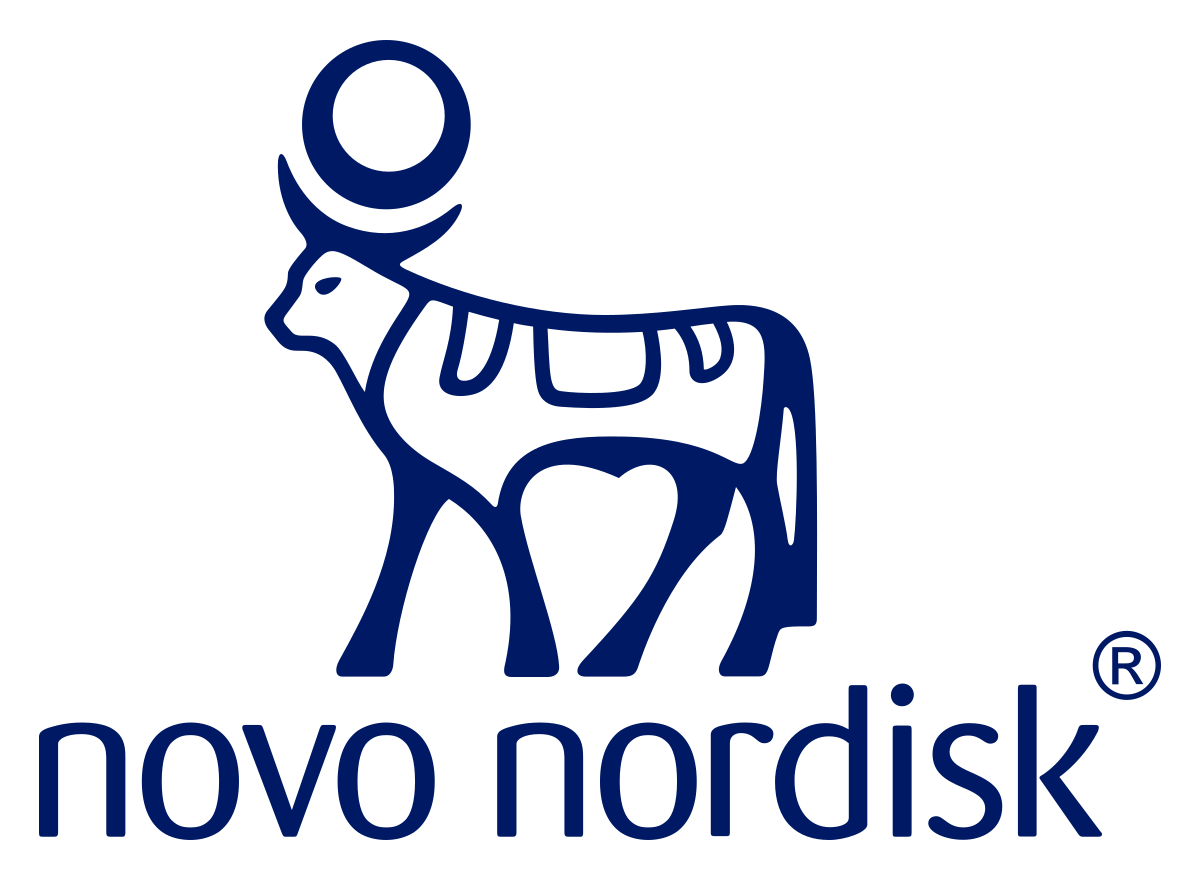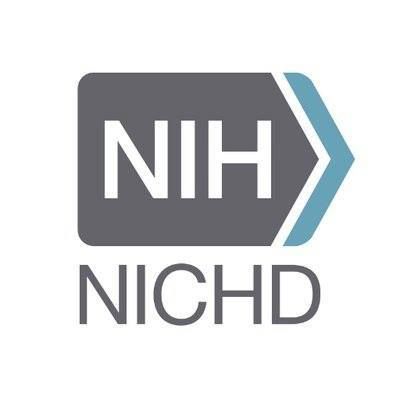预约演示
更新于:2025-05-07
Small-for-dates baby
小于胎龄儿
更新于:2025-05-07
基本信息
别名 Infant, Small for Gestational Age、SFD - Small-for-dates baby、SFD児 + [22] |
简介 An infant having a birth weight lower than expected for its gestational age. |
关联
7
项与 小于胎龄儿 相关的药物靶点 |
作用机制 GHR激动剂 |
在研机构 |
原研机构 |
非在研适应症 |
最高研发阶段批准上市 |
首次获批国家/地区 美国 |
首次获批日期2020-08-28 |
靶点 |
作用机制 GHR激动剂 |
在研机构 |
原研机构 |
非在研适应症- |
最高研发阶段批准上市 |
首次获批国家/地区 中国 |
首次获批日期2014-01-06 |
靶点 |
作用机制 GHR激动剂 |
在研机构 |
原研机构 |
在研适应症 |
最高研发阶段批准上市 |
首次获批国家/地区 中国 |
首次获批日期1998-01-01 |
127
项与 小于胎龄儿 相关的临床试验NCT06723392
Asymptomatic Bacteriuria in Pregnancy in Low- and Middle-IncomE Countries: a Randomized Controlled Trial of the Global Network for Women's and Children's Health Research
This study, Asymptomatic Bacteriuria in Pregnancy in Low- and Middle-IncomE Countries (ABLE), is designed as a 2-arm randomized controlled trial (RCT) focused on pregnant individuals and newborn infants. A positive outcome of this study will contribute to global progress toward WHO Sustainable Development Goal Target 3.2 [End preventable deaths of newborns and children under 5 years of age] by examining the potential impact of this practice to reduce the incidence of SVN/SB and the lifelong health consequences associated with SVNs. In addition, the study will further explore the role and potential benefits of antibiotic treatment of AB in the pregnant individual. In total, 1,134 eligible participants, or approximately 162 per research site, will be randomized in the trial by the research teams in each of the seven international sites that, together with their United States of America (US) partners, participate in the Eunice Kennedy Shriver National Institute of Child Health and Human Development's (NICHD's) Global Network for Women's and Children's Health Research (GN).
开始日期2025-06-01 |
NCT06645717
Neuromotor Development in Children Enrolled in the Swedish Neonatal Follow-up Program and Access to Motor Related Healthcare
The overall aim of the study is to evaluate the prevalence of motor- and neurological disorders (cerebral pares and other less severe motor disorders) in Swedish infants with a high-risk neonatal period and to elucidate whether these children receive motor related health care (MRHC) at 2 and or 5,5 years of age.
开始日期2025-01-01 |
申办/合作机构 |
RBR-10pzjmbj
Impact of nutritional therapy with pasteurized colostrum/hypercaloric human milk on perinatal outcomes of very low birth weight preterm infants: a randomized controlled clinical trial
开始日期2024-12-17 |
100 项与 小于胎龄儿 相关的临床结果
登录后查看更多信息
100 项与 小于胎龄儿 相关的转化医学
登录后查看更多信息
0 项与 小于胎龄儿 相关的专利(医药)
登录后查看更多信息
5,567
项与 小于胎龄儿 相关的文献(医药)2025-12-31·Annals of Medicine
Excessive bile acids level predisposes to adverse perinatal outcomes in women with abnormal pre-pregnancy body mass index
Article
作者: Wu, Weibin ; Li, Juan ; Zhang, Jinwen ; Zhou, Yulai ; Song, Fuzhen ; Li, Huan ; Gu, Wei
2025-12-31·The Journal of Maternal-Fetal & Neonatal Medicine
A prospective observational multicenter cohort study of maternal serum sFlt-1 and PlGF concentration in prediction of adverse neonatal outcomes in small for gestational age newborns delivered ≥34 weeks of gestation
Article
作者: Scholz, Anna ; Żebrowska, Kinga ; Modzelewski, Jan ; Borawski, Kacper ; Włoch, Weronika ; Chaberek, Katarzyna ; Biskupski-Samaha, Robert Brawura- ; Kosińska-Kaczyńska, Katarzyna ; Góra, Jakub ; Szymecka-Samaha, Natalia ; Czapska, Agnieszka ; Dera, Norbert
2025-08-01·Journal of Affective Disorders
The association between threatened miscarriage in early pregnancy and depression or anxiety in offspring in late adolescence
Article
作者: O'Byrne, Laura J ; Khashan, Ali S ; Maher, Gillian M ; O'Driscoll, David ; O'Keeffe, Gerard W ; Kidd, Ciara
2
项与 小于胎龄儿 相关的新闻(医药)2023-11-20
·拜耳中国
近日,中华医学会第十七次全国围产医学学术会议在羊城广州拉开帷幕。全球围产医学界知名专家学者汇聚一堂,研讨医学最新进展。会上,拜耳邀请了国际儿科肠胃、肝病和营养学会联合会前主席,德国慕尼黑大学医学中心资深教授Berthold Koletzko,美国丙型肝炎导师支持小组顾问,纽约西奈山医院肝病、妇产和生殖科副教授Tatyana Kushner围绕“孕期营养管理与肝脏健康”做主题分享,并就这个主题与广州医科大学附属第三医院陈敦金教授、北京大学第三医院赵扬玉教授、南方医科大学南方医院刘志华教授等国内围产专家展开学术讨论,贡献真知灼见。“国际大咖会谈 - 孕期营养管理与肝脏健康”专题讨论现场通过此次学术上的主题分享和专题讨论,中外大咖们对于广大孕期妇女普遍关注的营养摄入和肝脏生理变化等问题,给出了一些专业的答案。科学应对肝脏生理变化,守护孕期肝脏健康美国丙型肝炎导师支持小组顾问,纽约西奈山医院肝病、妇产和生殖科副教授Tatyana Kushner表示:妊娠期肝脏检测指标异常可能与多种因素相关,包括慢性肝病、妊娠期特发性疾病和妊娠期合并疾病,其中孕期胆汁淤积症(ICP)是最常见的一类妊娠期特发性肝病、脂肪肝(代谢功能障碍相关脂肪性肝病,MASLD)是最为常见的慢性肝病,而妊娠期因药物诱导的肝损伤则较为罕见。妊娠期是识别患者肝脏疾病的大好机会。根据孕期肝功能异常情况,分为胆汁淤积型和肝细胞型,不同分型后续的进一步检查和病因诊断会有所不同。纽约西奈山医院肝病、妇产和生殖科副教授Tatyana Kushner发言南方医科大学南方医院刘志华教授建议:在整个妊娠期间,尤其在分娩前后,我国很多孕妇都会出现转氨酶升高,这种情况是比较常见的。临床医生需要结合其他肝脏检查指标的变化来综合判断,例如单纯的转氨酶升高而不伴其他肝脏指标的变化,可以密切随访患者情况,根据观察结果适时采取合适的干预措施。对于中国医生来说,最需关注乙肝感染的问题。乙肝在中国孕妇这个群体中的发病率达到了6%,值得每一个产科医生去关注。南方医科大学南方医院刘志华教授发言合理摄入孕期营养,改善妊娠结局国际儿科肠胃、肝病和营养学会联合会前主席,德国慕尼黑大学医学中心资深教授Berthold Koletzko指出:根据FIGO(国际妇产科联盟)的研究,妊娠期和哺乳期阶段,一些关键营养元素如B族维生素、叶酸、铁、Omega-3 DHA、维生素D等尚未达到理想水平,这些关键营养素对母婴健康均有显著的影响。一项针对哺乳期多种维生素、DHA和叶黄素补充的双盲随机对照试验研究表明,在孕前、孕早、中、晚期和哺乳期,多种营养素联合补充有助于改善孕妇和胎儿的营养状况和母婴健康状况,减少先天性畸形、SGA、早产和其他不良妊娠结局的发生风险。更早、更高(0.8mg)的叶酸补充,能够让胎儿生长获益,显著减少胎儿畸形和先天性心脏病的发生率,使用复合维生素要比单独使用叶酸获益更大。过多的能量摄入(碳水化合物、果糖等)是不合理的,因为可能导致脂肪沉积过多和过重或肥胖,甚至引起脂肪肝,影响肝脏健康,导致不良的妊娠结局。针对孕期饮食,需要考虑到多种营养素摄入的合理性和平衡性,包括不饱和脂肪酸、Omega-3脂肪酸等,并且从微量营养素的角度来说(比如抗氧化的效果等),能够在一定程度上帮助减少脂肪肝发生风险,更好地保护肝脏免受进一步的损伤。德国慕尼黑大学医学中心资深教授Berthold Koletzko发言广州医科大学附属第三医院陈敦金教授表示:怀孕之后肝脏功能是会发生变化的,医生可以采用影像和检测去发现一些问题。目前看来,我们在补充微量元素的过程当中,没有发现对肝功能产生影响的证据。广州医科大学附属第三医院陈敦金教授发言北京大学第三医院赵扬玉教授指出:对于产科医生来说,孕期营养关注较多的是元素铁、钙和叶酸的补充。虽然目前国内外有循证医学的证据表明在妊娠期间补充叶酸等多种营养物质对于妊娠结局有积极意义,但同样应根据相应的标准和推荐进行补充,不宜过量或过度补充,以免增加孕期的身体负担,造成不良后果。“国际大咖会谈 - 孕期营养管理与肝脏健康”专题讨论现场
2023-01-24
A new study assessed the associations between maternal exposure to green and blue spaces during pregnancy and birth outcomes in 11 birth cohorts from nine European countries, including Spain. The results of the study indicate that proximity to residential green space is associated with higher birth weight and lower odds of having a small-for-gestational-age baby.
There is scientific evidence that maternal exposure to natural environments supports healthy fetal growth. However, study results up to date had been heterogeneous across regions and there is very little research on the effects of blue spaces such as rivers, the sea or lakes. A new study involving a team from the Barcelona Institute for Global Health (ISGlobal), an institution supported by "la Caixa" Foundation," assessed the associations between maternal exposure to green and blue spaces during pregnancy and birth outcomes in 11 birth cohorts from nine European countries, including Spain.
The results of the study, published in the journal Environment International, indicate that proximity to residential green space is associated with higher birth weight and lower odds of having a small-for-gestational-age baby, or SGA, as newborns whose birth weight is less than or equal to the 10th lower percentile are called. In contrast, greater distance to residential green space is associated with lower birth weight and higher odds of SGA. The results showed almost no associations for accessibility to green spaces and exposure and accessibility to blue spaces.
"A healthy fetal growth can greatly reduce the risk of adverse health outcomes, both early and later in life," says Maria Torres, first author of the study. "For example, babies with low birth weight or being SGA could have an increased risk of growth impairment, lower IQ and premature death in childhood, as well as obesity, cardiovascular disease and diabetes in adulthood."
This study, part of the LifeCycle project, was based on a sample of 69,683 newborns, with an average birth weight of 3.42 kg, of whom 6.6% were classified as SGA. For each participant, seven indicators of residential exposure to natural environments were calculated: surrounding green space within 100, 300 and 500 metres of the household -- calculated using the Normalised Difference Vegetation Index (NDVI)-, distance to the nearest green space, accessibility to green space, distance to the nearest blue space and accessibility to blue space.
The research team also evaluated the potential effect modification by socioeconomic status (SES) and region of Europe. The results indicate stronger associations between residential green spaces and higher birth weight for participants with lower educational levels, from more deprived areas, and residing in the Northern European region.
The results of this study are in line with previous research from various regions around the world. An increasing number of studies have reported associations between maternal exposure to green spaces and higher birth weight. However, most of these studies were conducted in a single country with a particular climate and vegetation type, and estimates of the effect differed from region to region. "Capitalising on data from 11 birth cohorts across Europe allowed us to assess, for the first time, this association in different countries and shed light on the regional role in this issue," explains Payam Dadvand, ISGlobal researcher and senior author of the study.
The research involved people from the Netherlands, United Kingdom, Denmark, France, Spain, Lithuania, Norway, Italy and Greece. According to the authors, the results of this study could support the implementation of policies to promote natural environments in our cities, starting with the most disadvantaged areas. "Having accessible natural environments in our cities could benefit our children's health from before birth and beyond, and this should be taken into account by urban designers," concludes Maria Torres.
临床结果
分析
对领域进行一次全面的分析。
登录
或

生物医药百科问答
全新生物医药AI Agent 覆盖科研全链路,让突破性发现快人一步
立即开始免费试用!
智慧芽新药情报库是智慧芽专为生命科学人士构建的基于AI的创新药情报平台,助您全方位提升您的研发与决策效率。
立即开始数据试用!
智慧芽新药库数据也通过智慧芽数据服务平台,以API或者数据包形式对外开放,助您更加充分利用智慧芽新药情报信息。
生物序列数据库
生物药研发创新
免费使用
化学结构数据库
小分子化药研发创新
免费使用




